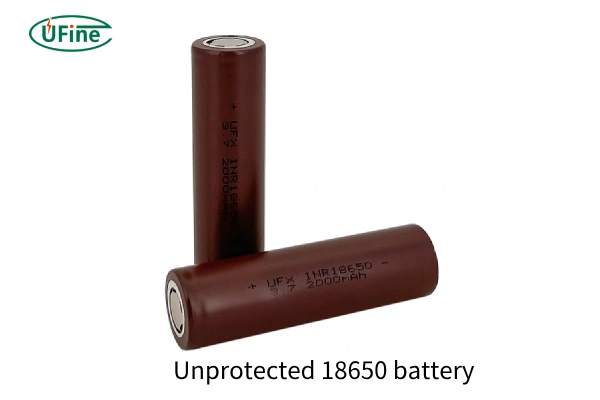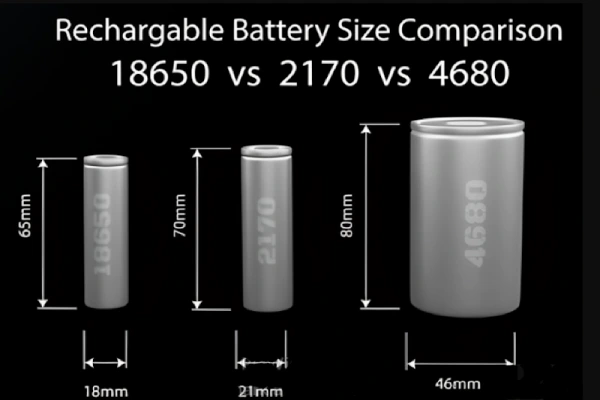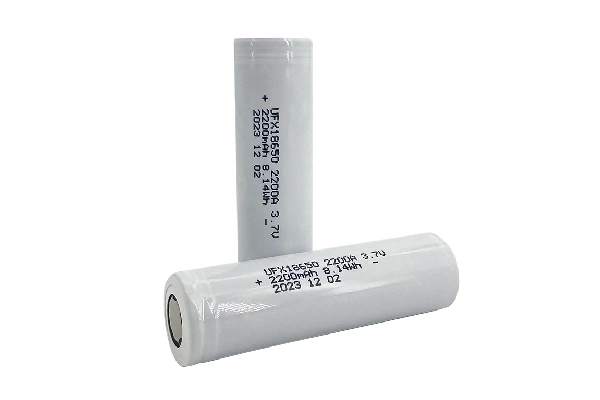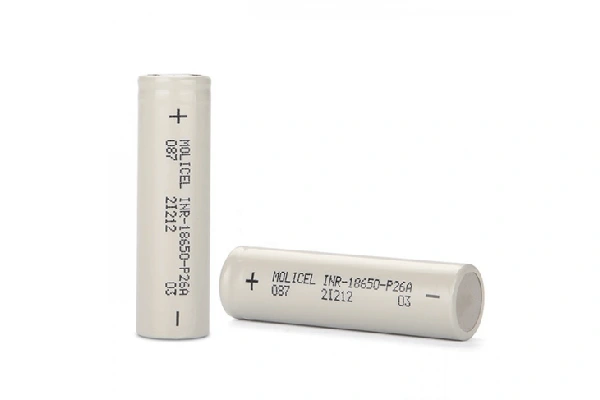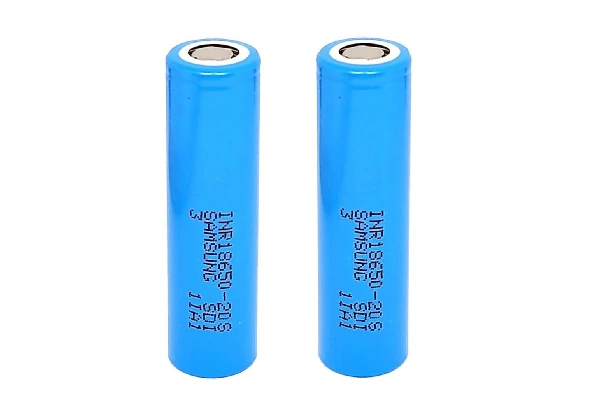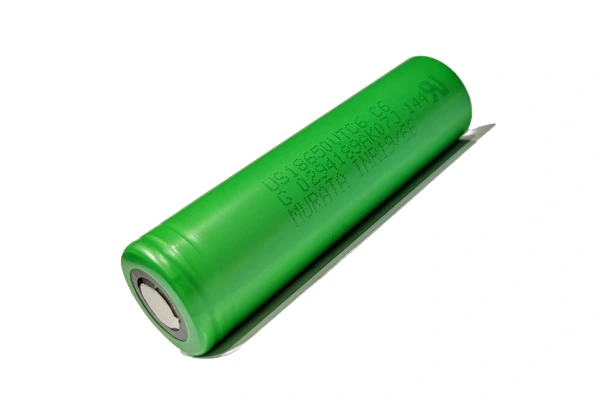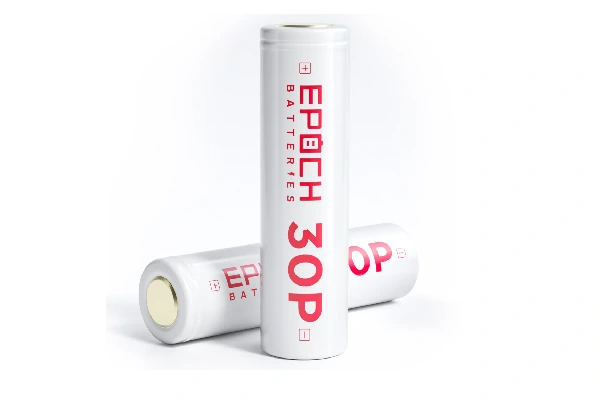
Rechargeable batteries are now standard in use. With technological innovation, batteries are evolving with incredible features at an extensive level. The 18650 lithium-ion battery is a common and famous one you can find everywhere. What are these batteries, and how do 18650 li-ion battery prices and li-ion battery prices vary? So, In this article, we will discuss the 18650 li-ion battery price, features, and factors that change the charge terms of these high-potential batteries. But first, get a clear concept of them.
Part 1. What is the 18650 li-ion battery?
So, let’s begin with the 18650 Li-ion battery price and description. The 18650 Li-Ion battery is a charging battery with standard 3.7 voltage, 1800 mAh to 3500 mAh power, and 2.5 to 4.2 rechargeable feature. Moreover, an 18650 Li-Ion battery price can range from $2 to $10.
Part 2. 18650 li-ion battery types
Based on the composition, these 18650 batteries are classified into two types. These may include
1. Protected 18650 battery
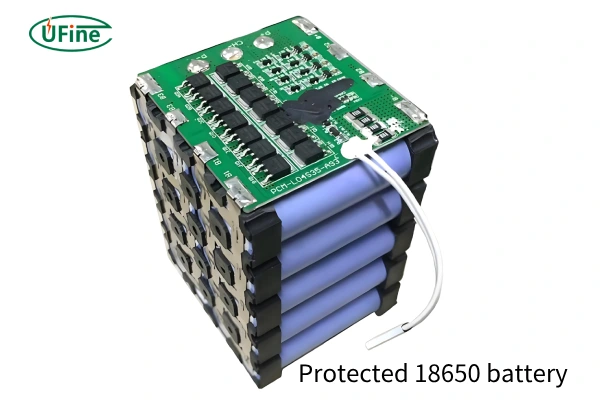
Protected 18650 Li-Ion Batteries have an additional circuit to avoid any blast or overheating of the charge – it avoids overcharging. Such batteries are very potent to use; if you forget to switch off the plug, the protected layer will not allow extra voltages to cross the cells.
2. Unprotected 18650 battery
Unprotected 18650 Li-Ion Batteries have no extra protection features. It allows the current to pass through the cells, eventually causing the circuit overflow. If the cell gets more power, there is a chance of a blast; therefore, you need to check on the batteries while charging.
Part 3. What effect 18650 li-ion battery price
Here are the following factors that can affect the 18650 li-ion battery price.
1. Material Cost
The change in material cost efficiently changes the price of batteries. These batteries are made up of the basic manufacturing raw metal lithium mixed with secondary metals like nickel, graphite, cobalt, etc., increasing the overall estimated battery expense.
2. Manufacturing Process
18650 comes in different sizes and materials, so the manufacturing process and cost will be divergent. The procedure includes electrode material, assembling, filling, packing, machinery usage, quality production, and labor. All the factors collectively contribute to increasing the price.
3. Levels of Production
How many batteries are being manufactured at the same time affects the cost. Production at a larger scale, e.g., economic fabrication, costs less to industries. Making fewer units costs more as there is almost equal usage of machinery; therefore, mass production provides more leverage to manufacturers.
4. Scientific Research
Big and profound industries hire highly qualified engineers to improve and innovate battery performance. The highly paid researchers charge according to their expertise and skills. These investments are necessary, but they raise the price of 18650 cells.
5. Quality Maintenance
After months or years, the price of materials increases to maintain battery quality, and companies start using high-cost substances, eventually affecting the 18650 Li-Ion Battery Price.
6. Additional Features
Protection is the most considerable factor in formulating batteries, especially unprotected 18650 Li-Ion Batteries. Qualities like internal resistance, explosion-proof design, overcharging, high-power charging poles, and overcurrent protectors tend to be pricing factors for batteries.
Part 4. Li Battery 18650 price research
With the advancement and prompt change in technology, alternative methods have been introduced to produce meager and budget-friendly 18650 Li-Ion Batteries. Advanced components like economic scale, R&D, learning, exposure to new materials, etc., have revolutionized the manufacturing process of rechargeable batteries.
Past Research
Micah Ziegler and Jessika Trancik researched and excluded that the price of Li-Ion battery cells decreased by 97% from $7500/kWh in 1991 to 2018 by $181 in the last three decades.
Future Predictions
According to the report, it is estimated that the price per kilowatt will be reduced from $160 to $80 from 2021 to 2030. The cell production will gradually increase by sixfold from 510GWh to 3100GWh until 2030. Similarly, the Li-ion consumption will exceed 2,722 GWh from 420 GWh.
Part 5. 18650 vs 2170 vs 4680
The following comparison table between the 18650 Li-Ion Battery and other types of batteries is given below.
| Comparing Elements | 18650 Li-ion Battery | 14500 Li-ion Battery | 16340 Li-ion Battery | 21700 Li-ion Battery | 26650 Li-ion Battery |
|---|---|---|---|---|---|
| Diameter | Longer and wider | 18 mm in diameter | 13.5 mm | 34 mm x 16 mm | Wider and longer |
| Length | 65 mm long | 55.00 mm | 34 mm x 16 mm | 70 mm | 70 mm |
| Volts | 3.6/3.7 volt | 3.6/3.7V | 3.6/3.7V | 3.6/3.7V | 3.7V |
| Capacity ratings | 2,300 to 3,600 mAh | Under 1,000 mAh | 700 to 800 mAh | 4,000 to 5,000 mAh | 10,000 mAh |
| Energy Density | 250 Wh/kg | 500~800 mAh | 200-300 Wh/kg | 300 Wh/kg | 211 Wh/kg |
Part 6. Top 18650 li-ion batteries
When you go to buy 18650 Batteries, you must check the recommended ones with renowned features. So, for your convenience, we provide you with top-notch batteries, as shown below.
1. Ufine 18650
- Highly protected and affordable battery
- With a battery power of 2200mAh and rechargeable
- 3.7 battery voltage
- All-rounder and recommended.
2. Molicel P26A
- A protected battery along with a 2600mAh power source
- Top-rated and exclusive in the market
- Rechargeable and cost-friendly
- With a battery power of 34A
3. Samsung 20S
- Highly protected battery with 2000mAh power source
- Recommended and rechargeable battery
- Budget-friendly and long-lasting
- With a battery power of 30A
4. Sony | Murata VTC6
- Protected and long-lasting battery
- With a battery power of 3000mAh
- Fair prices with 15A power
5. Epoch 30P
- Protected and recommended
- For all types of devices
- Powerful battery with 3000mAh capacity
- The battery power of 15A
Part 7. Top 18650 li-ion battery brands and prices
Here is a list of 18650 lithium battery prices, models, and capacities.
| Brand | Model | Capacity (mAh) | Max Continuous Discharge Current (A) | Price (USD) |
|---|---|---|---|---|
| Molicel | P26A | 2600 | 34 | $5-$7 |
| Samsung | 20S | 2000 | 30 | $4-$6 |
| Sony | Murata VTC6 | 3000 | 15 | $4-$8 |
| Epoch | 30P | 3000 | 15 | $5-$7 |
| Hohm | Alone | 3309 | 15.3 | $6-$8 |
Part 8. Conclusion
Summarizing the article, I must say that the 18650 Li-ion Battery Price is cost-effective and budget-friendly to match your charging needs and requirements. Significantly, the incredible recharging feature makes them durable so that you do not need to go to the market again and again to buy new batteries. Various brands offer 18650 lithium-ion batteries with long-lasting features, so if you are in a hurry, check our recommendations
Related Tags:
More Articles
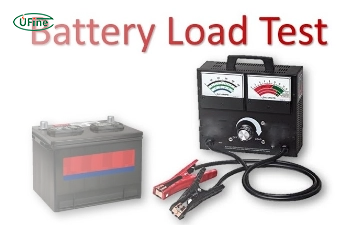
Battery Load Test: A Comprehensive Guide
Step-by-step battery load test guide for car, solar & industrial use. Learn how to load test a battery, interpret voltage charts, and avoid common mistakes.
The Comprehensive Guide to Battery Balancing and Battery Balancer
Discover how battery balancers improve lithium battery performance, lifespan, and safety. Learn types, functions, and tips to choose the right balancer.
What Is the Best Voltage for a Chainsaw Battery?
Compare 12V-80V chainsaw batteries for light pruning, medium firewood, and professional cutting. See best battery chainsaw with runtime charts and safety tips.
Lithium VS. Alkaline Batteries: A Comprehensive Comparison
Lithium batteries last 3–7× longer than alkaline and perform better in cold weather. Compare lifespan, cost, safety, and best uses to choose the right battery.
Comparing Lithium-Sulfur and Lithium-Ion Batteries: Which is Right for You?
Compare lithium-sulfur (Li-S) and lithium-ion batteries on energy, lifespan, cost, safety, and applications. Best choice for drones, EVs, and electronics.
